304 20592PL Flange DN25*PN6 Overview and Key Uses
2025-09-30 17:10:01
In every piping project, a secure and durable connection is crucial. One component that consistently delivers these qualities is the Plate Welding Flange. Among the different variations available, the 304 20592PL Flange DN25*PN6 is widely used thanks to its stainless steel construction, standardized dimensions, and suitability for low-pressure systems.
This article highlights the technical details of the 304 20592PL Flange DN25*PN6, explains why it is chosen so often, and explores the typical environments where it provides value.
Breaking Down the 304 20592PL Flange DN25*PN6
The designation itself tells you almost everything you need to know:
·304 Stainless Steel – A corrosion-resistant grade, suitable for environments involving moisture or mild chemicals.
·20592PL – An industry standard marking where PL identifies this as a Plate Welding Flange.
·DN25 – Refers to the nominal diameter of 25 mm, often used in small-bore piping.
·PN6 – Indicates a pressure rating of 6 bar, designed for lower-pressure applications.
The result is a flat circular flange that is welded directly to the pipe end, fitted with bolt holes to ensure secure connections.


Why Use a Plate Welding Flange?
The Plate Welding Flange is known for its simple design yet dependable performance. Key advantages include:
·Ease of alignment due to its flat circular shape and bolt-hole arrangement.
·Secure sealing surface that helps prevent leaks when paired with a gasket.
·Straightforward welding process, making it easy to attach to pipes.
·Cost-efficiency, particularly for systems that don’t require high-pressure strength.
·Versatility across different industries, especially in low-pressure pipelines.
Where the 304 20592PL Flange DN25*PN6 Is Used
Its durability and compliance with standards make this flange useful across a variety of fields:
1.Municipal Water Networks – Resistant to rust and contamination, ideal for safe water transport.
2.Gas Distribution – Suited to pipelines handling low-pressure gas connections.
3.Light Chemical Applications – Performs well in mildly corrosive environments.
4.HVAC Installations – Common in heating, ventilation, and cooling systems.
5.General Industry – Provides reliable sealing and easy maintenance in numerous low-pressure setups.
Benefits of Stainless Steel 304 in Flanges
Choosing 304 stainless steel as the base material enhances performance in several ways:
·Corrosion Protection – Prevents rust and degradation in moisture-rich settings.
·Extended Service Life – Reduces the need for frequent replacement.
·Clean Surface Finish – Minimizes scaling and simplifies cleaning.
·Safe for Sensitive Systems – Often chosen in industries where hygiene is important, like food and water systems.

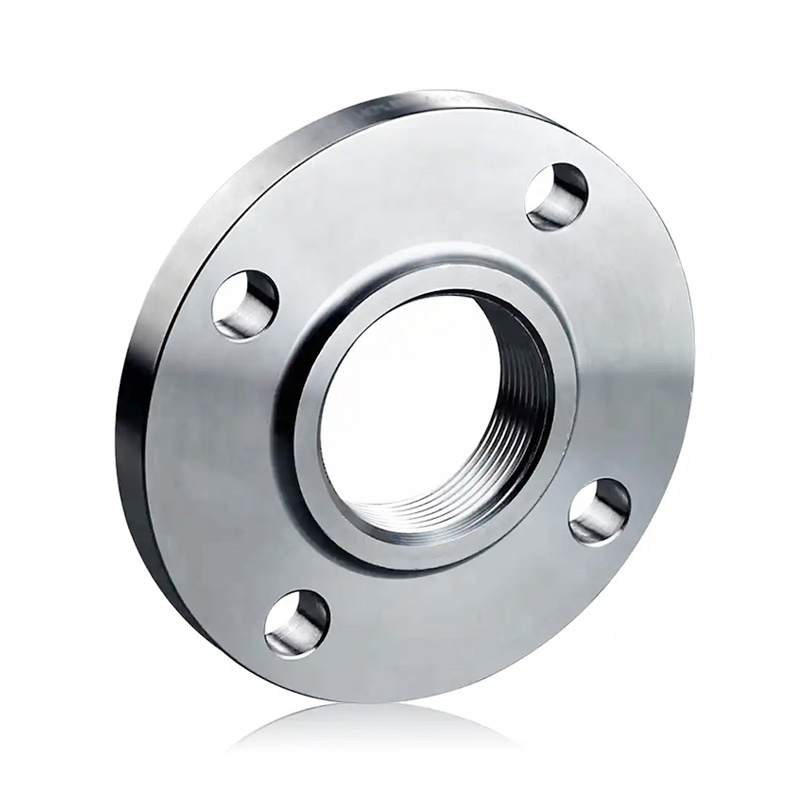
Standard Dimensions and Properties
The 20592PL designation aligns with recognized European flange standards. For the DN25*PN6 configuration, the following features typically apply:
·Nominal Diameter: 20 mm
·Pressure Rating: 6 bar
·Material: Stainless Steel 304
·Flange Type: Plate Welding Flange (PL)
·Surface: Smooth sealing face
·Bolt Holes: Drilled according to PN6 requirements
Best Practices for Installation
To achieve optimal performance from a Plate Welding Flange, proper handling during installation is critical:
1.Pipe Preparation – Ensure ends are smooth, cleaned, and properly cut.
2.Welding Procedure – Align accurately and apply recommended welding techniques.
3.Gasket Selection – Use a suitable gasket to maintain a leak-free seal.
4.Bolt Tightening – Apply torque gradually and in sequence for even pressure distribution.
5.Inspection – Check welds, alignment, and gasket seating before operation.
Why This Flange Is a Practical Choice
In low-pressure applications, the Plate Welding Flange stands out for combining affordability with reliability. It offers:
·Secure joints without complex assembly
·Adequate strength for PN6 conditions
·Simple maintenance over its service life
·Compatibility with common industry standards
For many projects, the 304 20592PL Flange DN25*PN6 provides the right balance between cost, performance, and availability.
Conclusion
The Plate Welding Flange has earned its place as a trusted solution for pipeline connections, and the 304 20592PL Flange DN25*PN6 exemplifies why. By combining stainless steel durability, standardized sizing, and suitability for low-pressure environments, it ensures reliable performance across water supply, gas systems, HVAC, and light chemical industries.
For engineers and technicians seeking a dependable flange option, the 304 20592PL Flange DN25*PN6 delivers long-term value, straightforward installation, and consistent results. Strong, simple, and reliable—the Plate Welding Flange continues to be a cornerstone in modern piping systems.
References
GB/T 7714:Lu J S, Xuan H F, Xue J. Failure Analysis of a 304 Stainless Steel Flange[J]. Advanced Materials Research, 2015, 1120: 1024-1028.
MLA:Lu, Jian Shu, Hui Fen Xuan, and Jin Xue. "Failure Analysis of a 304 Stainless Steel Flange." Advanced Materials Research 1120 (2015): 1024-1028.
APA:Lu, J. S., Xuan, H. F., & Xue, J. (2015). Failure Analysis of a 304 Stainless Steel Flange. Advanced Materials Research, 1120, 1024-1028.
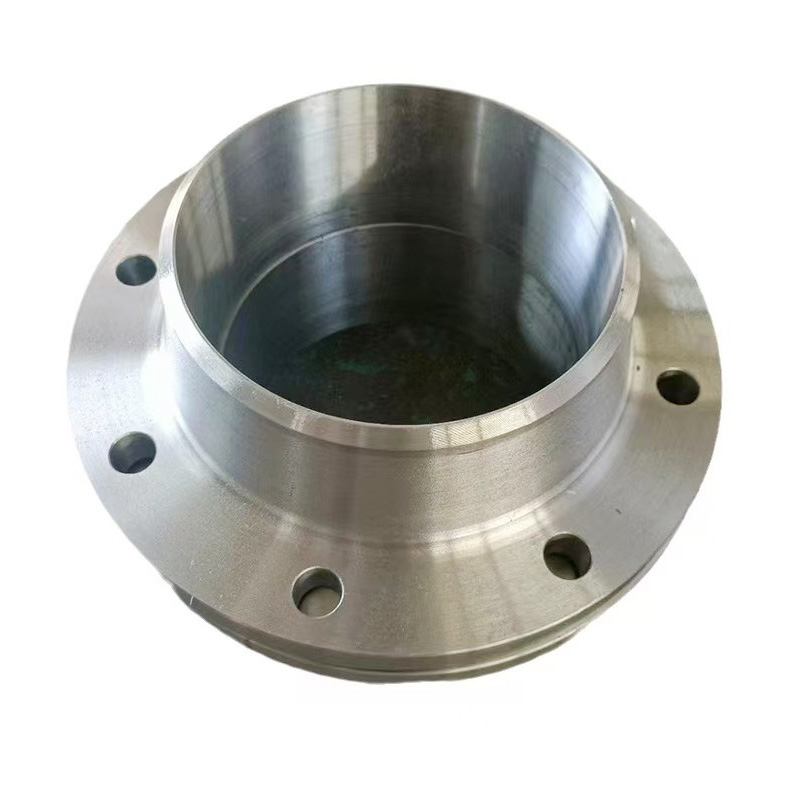
AWeld Neck Flange (WN Flange)is a type of piping flange designed to be welded to a pipe or ...
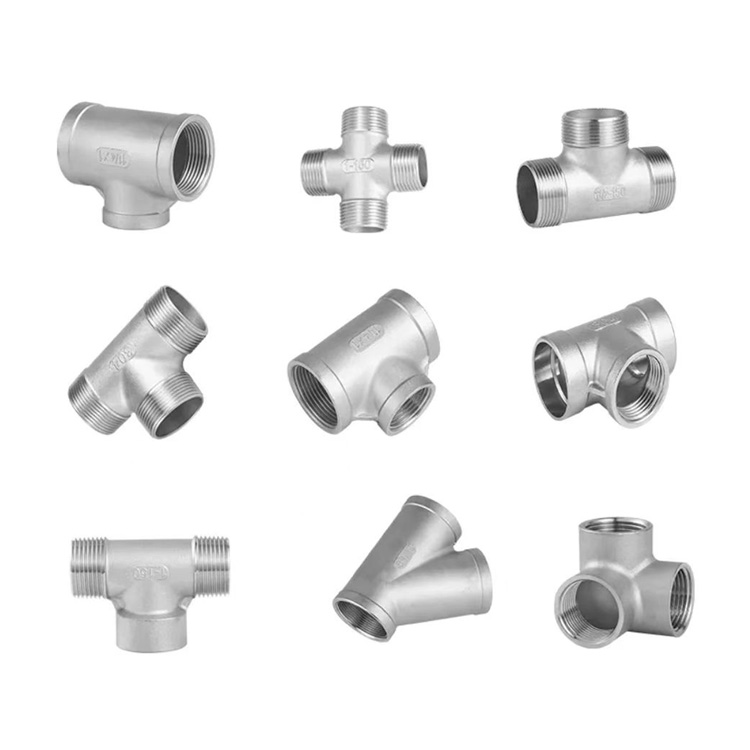
Socket fittings are essential components in piping systems, designed to connect, branch, or...
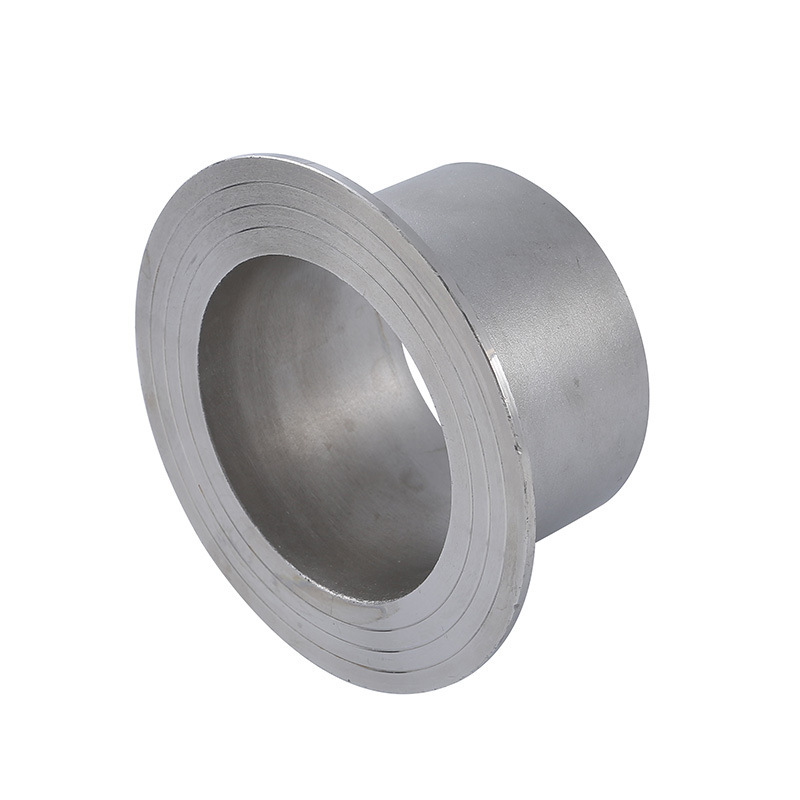
Welding ring is a commonly used metal ring component in pipeline connection or equipment do...
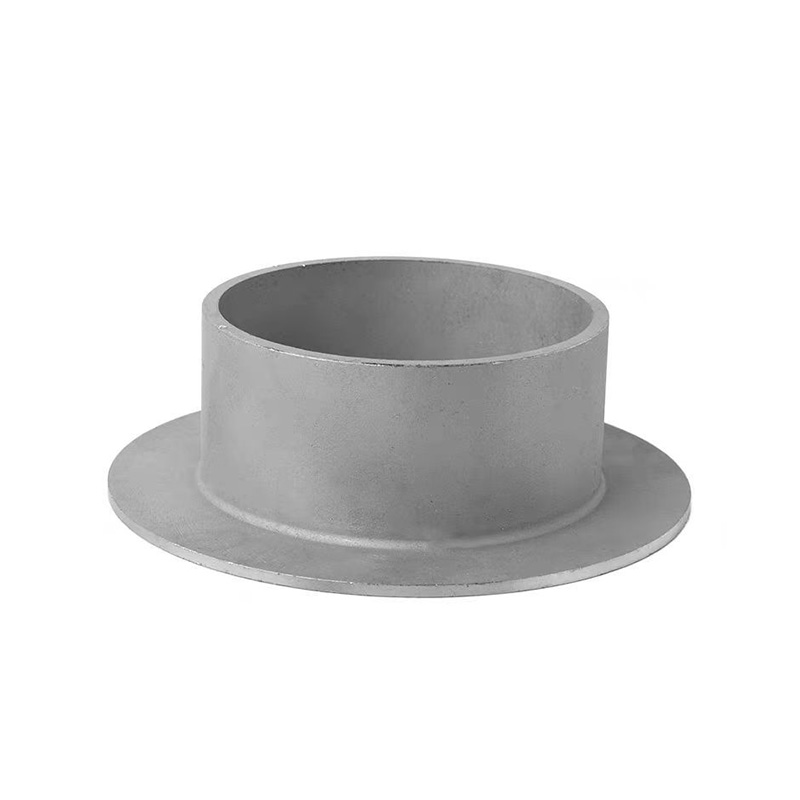
Welding ring is a pipe fitting used for pipeline connection. The following is its detailed ...






